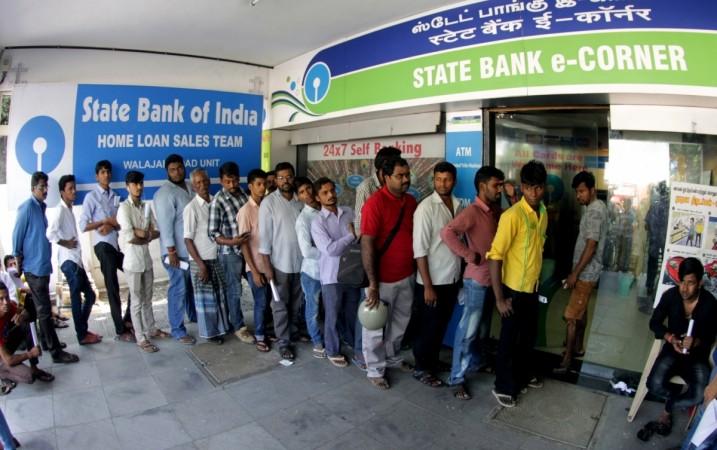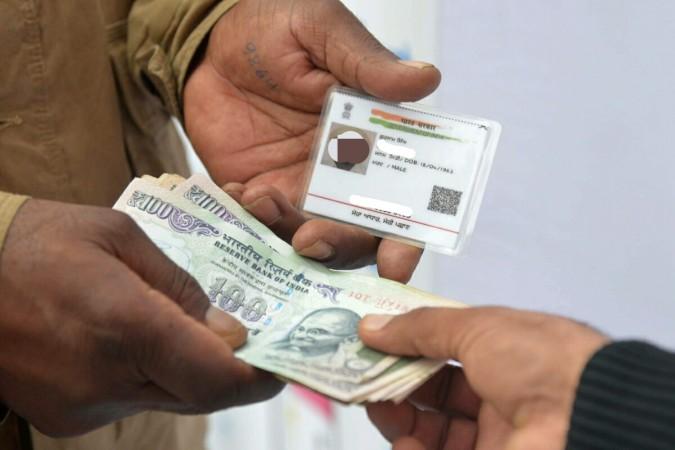
The Aadhaar Enabled Payment System (AePS) successfully completed more than 200 million transactions in July 2019. The system, designed to encourage digital payments among the poor, has gained more popularity of late with a massive increase in the transactions through the digital platform.
As per the latest data from the National Payments Corporation of India, the successful transactions through the platform increased by 11 percent, from 185 million in June to 206 million this July.
Growth of the platform had remained static with about 150 million transactions processed through the system throughout the second half of 2018. The stagnancy in the usage of the platform was due to the ban by Supreme Court on private companies from accessing the Aadhaar database.

Payments through Aadhaar helps the rural customers, who are not comfortable with smartphones and ATM cards, to withdraw cash and transact digitally. The poor and underprivileged rural customers get direct benefit transfers and subsidies from the government through the payment system.
The customers in rural areas are using the AePS to withdraw cash from the Jan Dhan accounts through the local Kirana stores which are just a part of the Aadhaar Pay as the platform features better utilities than just withdrawals.

The Nandan Nilekani-led committee on Deepening Digital Payments recommended that AePS and the Micro ATMs should be reimagined to serve a large number of rural users. It suggested the re-designing of architecture of the ATMs to allow more services to the users, said a report in Economic Times.
However, AePS has faced several problems, the major one being the interchange for off-us transactions, or the amount levied on the banks for a transaction processed on the terminals of other banks. While the reduction of AePS fee is less than Rs 15, the ATM fee was increased to Rs 17.
Some of the other reasons that led to the loss of momentum of AePS payments are the suspension of cash deposit services by NPCI since March 2018 and constant transaction failures due to the negligence in the expansion of the bank systems.








